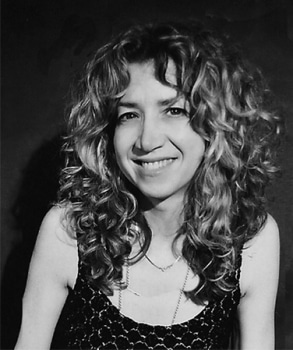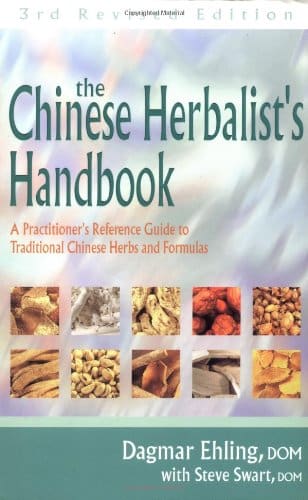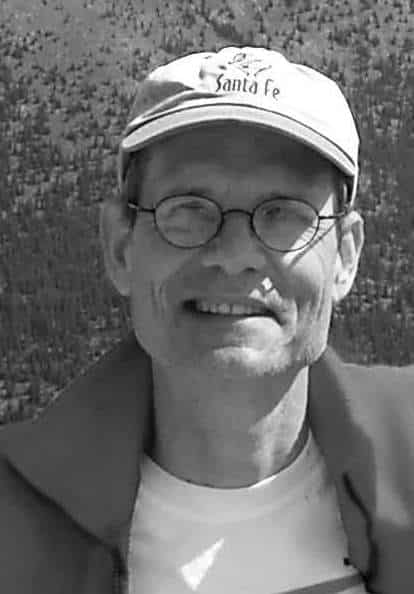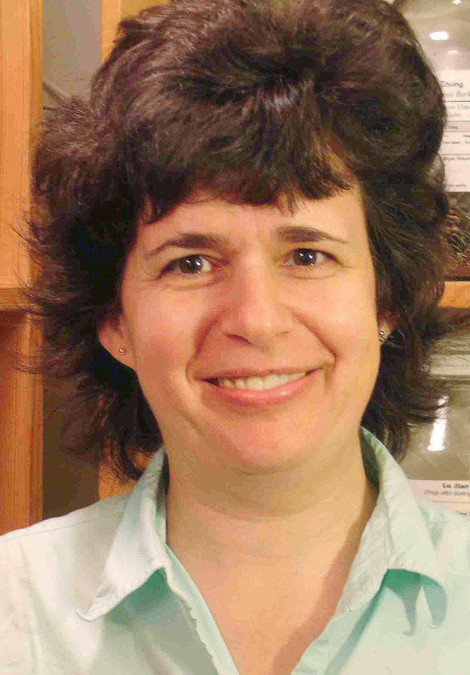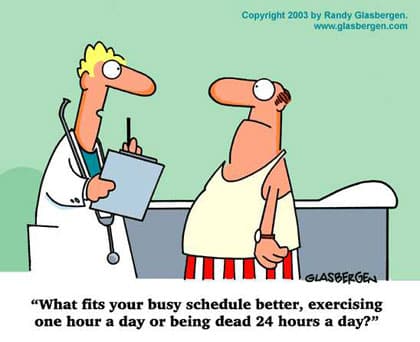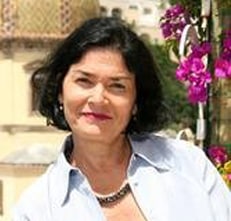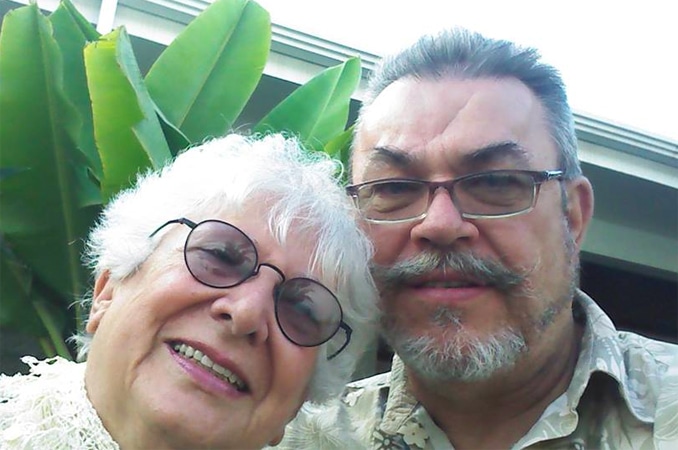From the book, “The Rice Diet Renewal: A Healing 30 Day Program for Lasting Weight Loss” by Kitty Gurkin Rosati.
The following excerpt is part of this section on The Responsibility Game; the book then leads the reader into the Day 6 experiential titled “Responsibility Jump Start.”
The Responsibility Game
The responsibility Game was introduced to me by Robert Katz, the director of the WorldLegacy in Morrisville, North Carolina, where I participated in a leadership training program called the Journey. It is a simple, yet effective way to manage even the most intense emotions and disempowering mind-sets. In a concrete, practical way, the Leadership Program and the’s Transformational Workshops teach you how to use the law of attraction, a law of physics that is defined as like attracting like. It will teach you this principle by letting you consciously approach your life like a game, which can help you understand that your positive thoughts, feelings, and faith, when intentionally enjoyed simultaneously, can fuel your co-creative abilities to manifest your heart’s desires. This practice can greatly help you let go of feelings you may have of being a victim to what happens outside of you.
This tool can make the journey into your emotions fun yet powerful, while not igniting the blame or shame response that many readers may know too well. When Rob coached me during the Game, which is about claiming your power in life, Rob said, “Every time you make a choice that gives you power, you use that power to move ahead toward your goal. It might be a big step or it might be a tiny step, but it’s moving forward. Every step in the game earns a point in the game. Every time you allow your feelings to stop you from moving ahead, you’ve given up your power. Every time you see your situation as hopeless or overwhelming, you miss a step or even take a step backward. Each blocked or backward step costs you a point in the game.
When you’ve scored enough points to achieve your goal, you win the game. That is, when you make enough choices to claim your power, and you use it enough times to succeed at your goal, you’ve won. Celebrate! Do a victory dance! Then you can set your sights on your next goal and play again.”
Rob told me about Laura, who was a marketing executive and a mom, raising four kids who included her teenage son Tommy. She worked daily with Tommy, helping him through the typical struggles that teenagers face, until one unforgettable day that changed her life. Laura came home from work to find that Tommy had killed himself. Laura’s husband blamed her and filed for divorce. When she moved away to start a new life, her family stopped supporting her and, at times, even refused to talk to her. This is enough to devastate many people, but today Laura is happily remarried and is the director of a teenage leadership program that touches hundreds of lives. How does Laura rise above her circumstances? She plays, and habitually wins, the Responsibility Game.
In every situation in life, you always have choices you can make. Even in the worst of life’s tragedies, you still have choices. If nothing else, you can always choose your attitude. Every time you look at a situation as if you have some power over it, you put yourself in the driver’s seat of your life. Every time you see your power in a situation, you can take the step forward toward your goals. Conversely, every time you look at a situation as if you have no authority or say in the matter, you have no power.
What is the Responsibility Game? It is a way of looking at the world and a way of living life. The objective of this game is to achieve your goals. By playing the Responsibility Game, you are much more successful at having your life be the way you want it to be. Your game’s strategy is determined by the goals you set: you reach your weight and your health goals, you make more money, and/or the quality of your relationships go up…whatever you have prioritized as your game’s goals. The game is an easy yet potent way to make your life turn out the way you want it to.
Like any game, the Responsibility Game has points to score, it has a way to win, and it has some rules to follow. To earn points in this game, you make choices that put you in control of your life. A responsibility choice is choosing a viewpoint about what’s happening that gives you power to affect the situation, rather than feel powerless about it. You look at what’s happening around you and decide how you feel about it. What will be your attitude about it? “My kids are rambunctious today – I’m thrilled they are so healthy and vibrant.” “My kids are rambunctious today – they are going to drive me crazy!” Once you are conscious of your thoughts and feelings, you can enjoy them, be angered by them, or choose to shift your attitude.
Laura could have easily seen herself as powerless after the death of her son, her divorce, and her family’s response. At times, her feelings were so strong that she was overwhelmed by them. Playing the Responsibility Game, however, she knew that her goals were to provide a safe and loving environment for her family and to save other teens before they committed suicide. Every day she made choices. Some days she scored many points, and the children she worked with received all of her love and caring. Other days she didn’t score many points. Over time, by staying focused on her goals, not only did she score enough points to heal and expand her family, but she also created a position where she may prevent her tragedy from happening to others.
It is a very challenging and exciting game to be alert and recognize your responsibility to be truly aware of your present thoughts and feelings; you can cultivate the mindfulness to assess whether you want to continue to create from that paradigm or shift to a stand that positively supports the outcome you want. My team for the WorldLegacy Journey was called NC73B, and our motto was “Shift happens.” And it does! You can choose to take full responsibility for steering your emotional rudders, or you can waste a lot of potentially creative time being stuck on events or actions whose emotions you don’t want to feel. This invitation to “shift from self-defeating emotional states to empowering ones” is not meant to encourage you to minimize your emotional processing of pain or suffering, which can be powerful teachers, but to remember that you don’t have to camp out there or become frozen with inertia. When you become an active player in the Responsibility Game, you develop a habit of consciously choosing to perceive everything as an opportunity to win your heart’s desire and maximize your life’s potential.
The Responsibility Game is a way of looking at the world and approaching your life as if you can make a difference in how it evolves. You either think you are responsible for creating the life goals you have, or you don’t and thus are willing to accept the victim role in your life. You may be saying, “Yeah, this is true most of the time, but what about….blah, blah, blah?” I don’t want to hear your but story; it will not serve you in actualizing your goals, or the life that you want. I am inviting you to enter a paradigm shift in consciousness, which is nothing more than a shift, or change, in your way of perceiving the world and your power in co-creating the world.
Bio
Kitty Gurkin Rosati, M.S., R.D., L.D.N., has worked in the field of weight-related disease prevention and reversal for two and a half decades. She is the nutrition director of the Rice Diet Program and has been a clinical instructor at the University of North Carolina at Chapel Hill. Kitty is a graduate of WorldLegacy’s NC73B Leadership Program. Purchase the Rice Diet Renewal.
